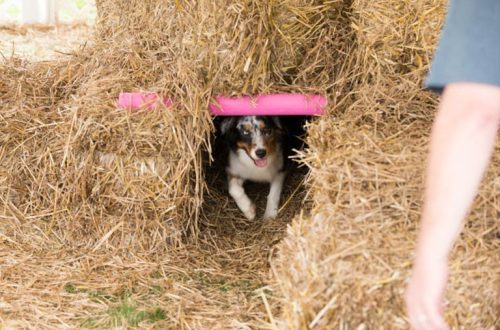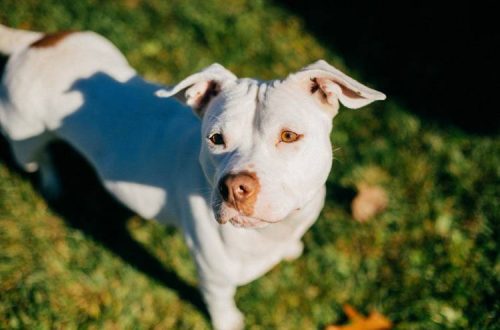
How big will the puppy grow?
How big will my puppy grow? This is one of the most common questions veterinarians are asked by new puppy owners or experienced dog lovers who have adopted a new breed or mongrel. Some ask the question “What size will the dog be?” out of pure curiosity. The goal of others is to make sure they have enough space in their home for a pet. They also have other practical concerns, such as the size of the cage, dog bed, or collar they need to buy before bringing their new furry friend home.
While your veterinarian will be best placed to help you determine your puppy’s height and expected size, there are a few common tips. For example, pay attention to paw size or breed traits that may (or may not) lead you in the right direction. Here are some of the most common ways to estimate a puppy’s expected size.
Can you rely on paw size?
Some dog breeders like to say that the bigger a puppy’s paw, the bigger it will be when it grows up. However, this judgment does not always live up to expectations. A large Bernese Mountain Dog will have larger paws than a Corgi to support its weight, but the Cuteness website notes that there are large dogs with paws that are small for their size (like a dainty collie) and vice versa (like a bulldog). Like any child, your puppy may have awkward, awkward, or disproportionate growth phases.
Purebred and mixed breed
After you bring a cute mongrel into the house, the question arises: “How big will the dog grow?” Well, unfortunately, you’ll have to wait until she grows up to find out for sure. If you don’t know your puppy’s exact mix, you’re left wondering how his genes will affect his size. If you know that your dog is a cross between two small breeds or two large breeds, you can guess how big he will eventually grow, but remember that this is only a prediction.
The final size of a purebred puppy is surprisingly difficult to predict. He could be the smallest or largest puppy of his litter, or grow at a different rate than other dogs of the same breed due to an illness at an early age. Familiarizing yourself with the standards of an official breed club (such as the Golden Retriever Club of America) can help you understand how large other dogs of the same breed can be.
Your veterinarian can give you advice on what to expect from your pet’s growth. If you like to do your own research, check out the American Kennel Club dog breed database for suggested size ranges for each breed.
Look at the parents
One of the best ways to determine your puppy’s approximate height and weight in the future is to look at his mom and dad. Their height and weight will likely be a good factor in determining what to expect from your little one. In fact, this approach is often applied to humans as well. However, many owners know almost nothing about the parents of their new pet.
Chart its growth
Another method, which is a bit more tedious, is to record your dog’s growth over time. Many dogs are fully grown by 1 year old, but some breeds may need an additional six months to a year. Graphing your puppy’s growth to 3 months, to 6 months, to 1 year will help you get a better idea of how big he will end up with when he is fully grown. However, this method requires you to make predictions based on the experience of other owners of similar breeds. Your dog is unique and their personality traits are the biggest determinant of their final size.
There is no way to determine how big your puppy will be other than to pay attention to the history of the breed and consult with a veterinarian. It’s best to start exploring early so you can spend time with your new pet, playing and enjoying each other’s company. And if you have doubts, just buy a bigger cage.






